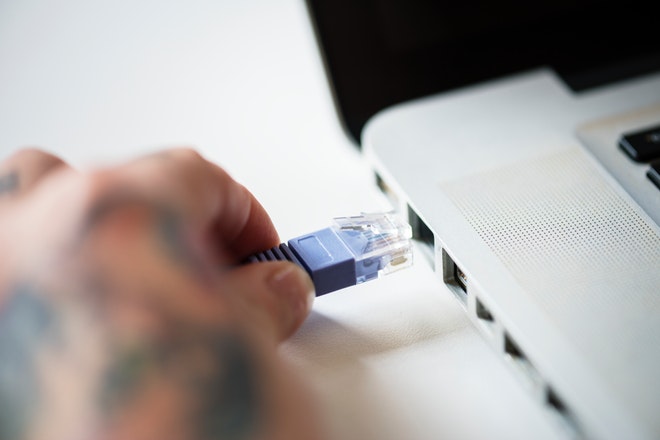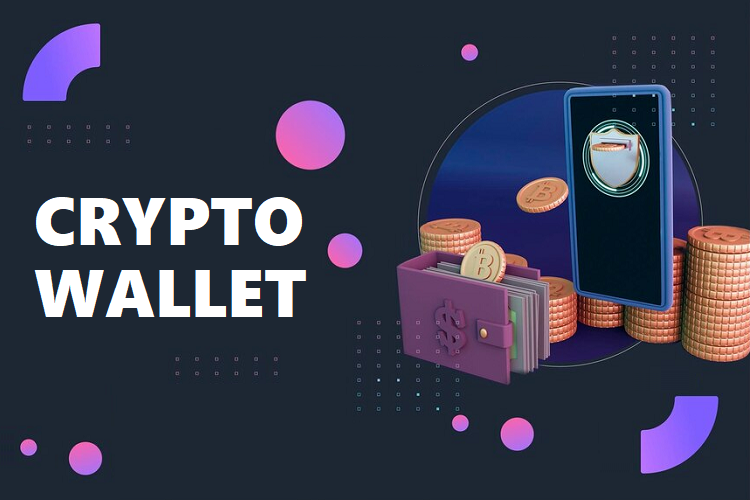Getting yourself an internet service that fulfills the needs of yourself and your family might seem to be an easy task for some people. However, if you are looking for something in particular when buying an internet service, then it can become more of a challenge for you. At the beginning of your quest, you will face a horde of companies crowding your mind. This is something very common so don’t worry about it.
A good way to overcome this problem is to break down the list of companies. Another way to get this done is by making your decision based on the type of Internet services provided in a particular area. Let’s have a look at the two types of Internet services that provide high-speed internet to the users. Here are a few things that you might want to take into account when making a choice between Cable or DSL Internet connection.
Digital Subscriber Line and Cable Internet services outclass the speed, technology, and other aspects. Each approach offers a competitive blend of trade-offs for the user.
Theoretically Cable Internet Is Faster
Cable-modems or cable internet services provide users with higher bandwidth than DSL. This bandwidth translates to raw speed. However, this is just a theory. As far as the speed is concerned, there are several business and technical reasons that can reduce and eliminate the cable’s advantage
Digital Subscriber Line or DSL is one of the oldest internet connection types that you have. It is the advanced version of a previous technology known as the dialup. The DSL technology works on the same pattern as the dialup. This means that DSL uses phone lines to transfer data from one end to another.
One other thing that distinguishes DSL from Cable Internet is that it operates on a higher frequency. This helps to transfer data easily and without much interference. This is also an ideal sort of transfer when you are transmitting voice data using your phone and the Internet at the same time. In many cases, ISPs also provide filters that help you separate voice from internet data and prevent from colliding into each other during the transmission.
DSL internet services are relatively faster. They are speedier than the dialup internet connections and go up to 128 Kbps, which is more than that of the dialup internet connection. Speeds can also go up to 8 Mbps which is more than 1000x faster than the dialup connection.
How Does DSL Work?
The way DSL works is quite simple. A DSL Internet service provider is going to get you a special modem that works with a DSL internet connection. In many cases, there are specific internet connections or in other words, it is not compatible with services that you use from different internet services providers. All you need to do is plug your computer in the modem. The modem, from there onwards, plugs into something that experts call a Splitter. The Splitter separates the voice from your internet data.
The lines will run from the wall to the hub of the Internet service provider. There is one important thing that you should notice here; when you are using a DSL connection, if you are away from your connection provider or the ISP hub, the quality of internet service will go down and you might experience lags and delays in your service. Same is the case if you look at the speed of the connection, the further you are from the ISP hub, the lesser speed you are going to get. ISPs don’t tend to exceed the limitation of around 18,000 feet which is just over 3 miles. Here at list of best DSL modem router combo which will help you to choose right router as per your requirements.
Cable vs. DSL – What Are The Differences?
Let’s see key differences between Cable vs DSL. Theoretically, cable modems run faster than DSL, understand the pros and cons of cable and DSL.
Cable |
DSL |
|---|---|
Pros of Cable Internet Services
Cons of Cable Internet Services
|
Pros of DSL internet service
Cons of DSL Connections
|
The best way to get an opinion on which service to get for your home or business is to understand your business needs or the needs of your family members. This is something that only you as a user can understand.
In addition to this, make sure that your ISP can make the required adjustments that are beneficial for you in the long-run and short-run as well. You cannot change your internet service every day or every month so make sure that you get nothing less than the best internet connection as it will prevent you from spending extra money.




